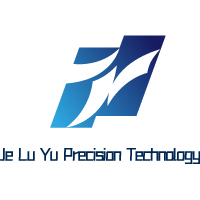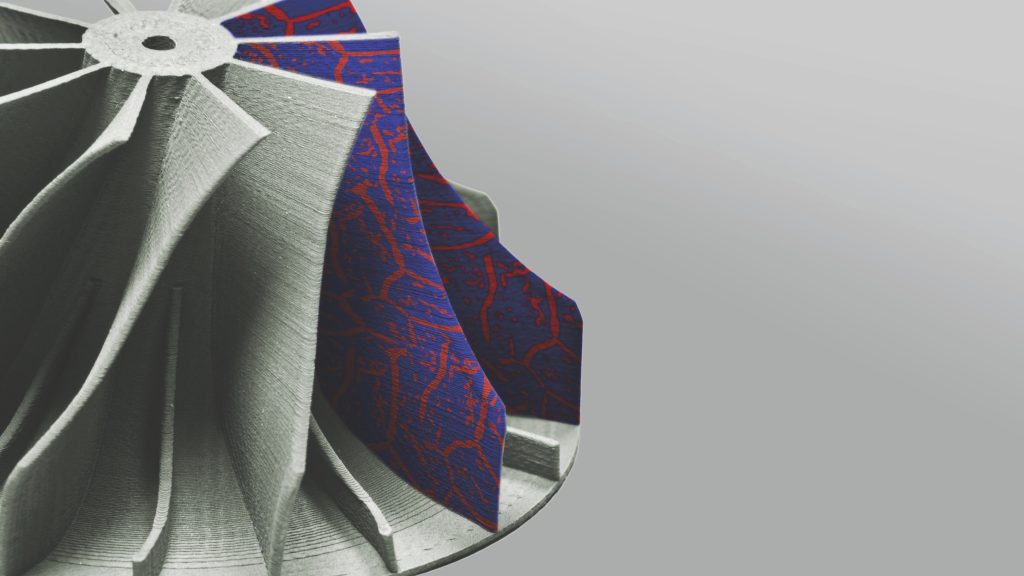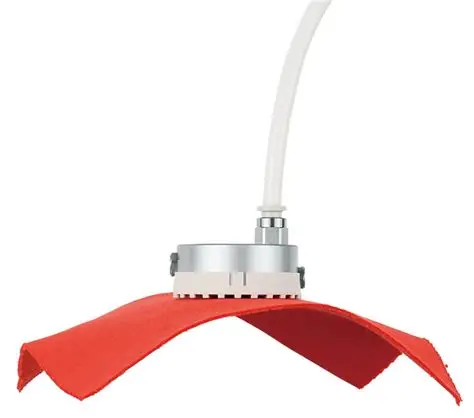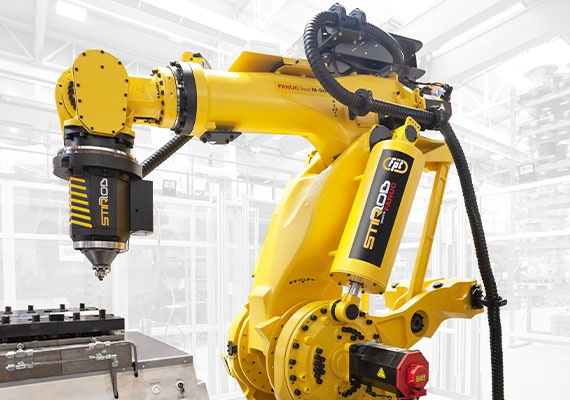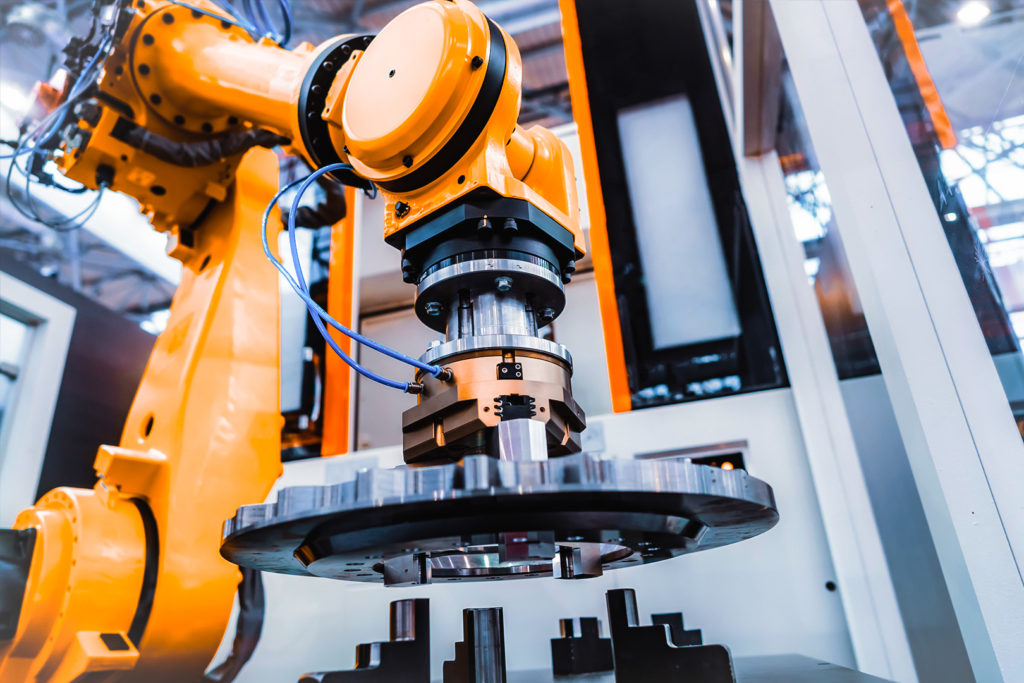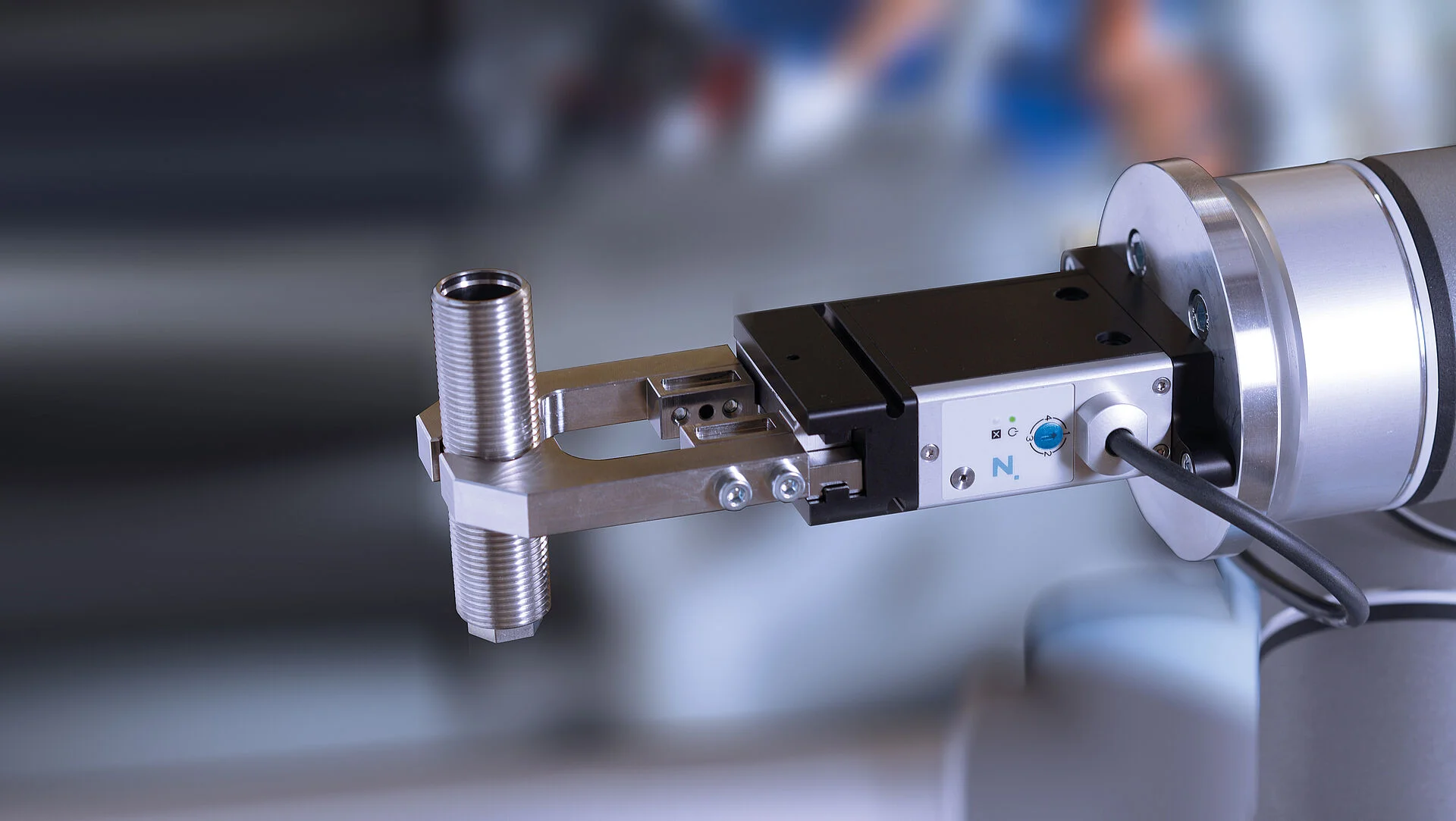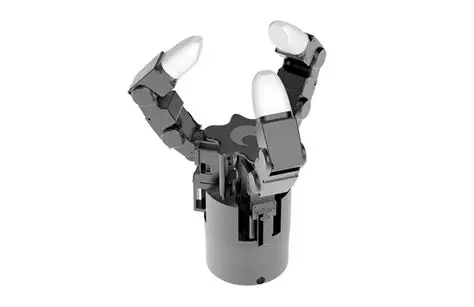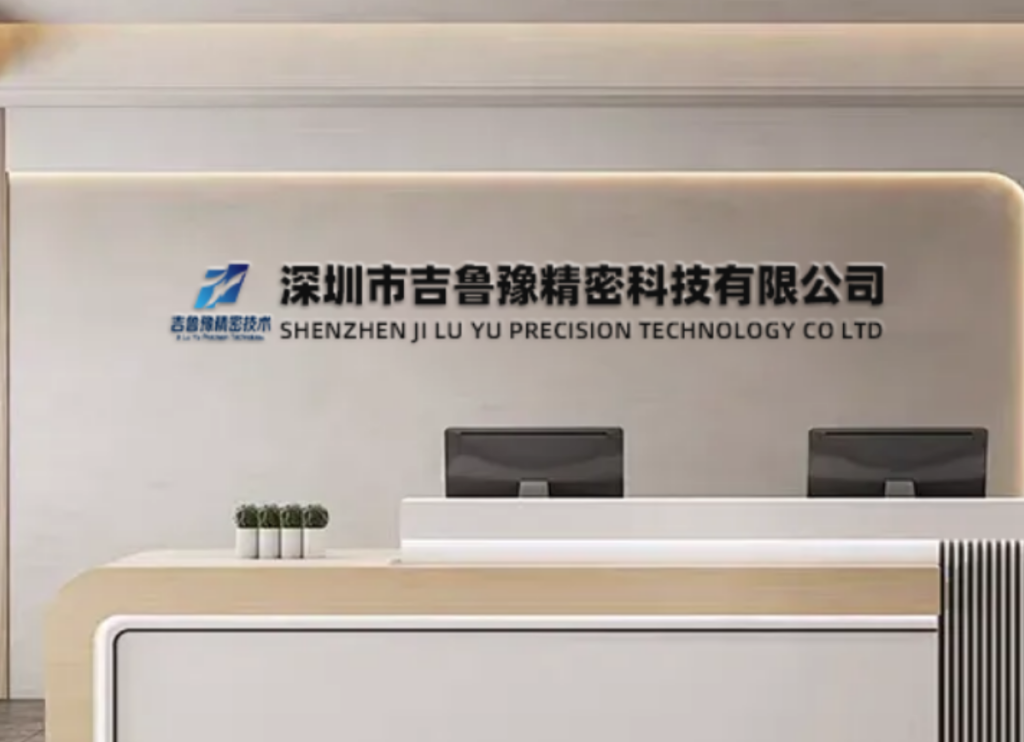Revolutionizing Industrial Manufacturing: JLYPT Expertise in High Entropy Alloy Machining
At the intersection of material science and precision engineering, high entropy alloys (HEAs) like CoCrFeMnNi (Cantor alloy) and AlCoCrFeNi are redefining performance boundaries in extreme environments. Since pioneering HEA-compatible CNC machining in 2019, JLYPT has delivered over 15,000 mission-critical components for leading aerospace material suppliers, nuclear reactors, and energy systems. Combining patented toolpath strategies with ISO 9001-certified processes, we unlock HEAs’ full potential—where traditional superalloys falter.
1. The Science of HEAs: Multi-Principal Element Mastery
Breaking the Alloy Design Paradigm
Unlike conventional alloys dominated by 1–2 base metals, HEAs incorporate five or more principal elements in near-equal proportions. This atomic-level “chaos” creates unique properties:
| Attribute | CoCrFeMnNi (Cantor) | AlCoCrFeNi |
|---|---|---|
| Crystal Structure | FCC | B2 + FCC |
| Yield Strength (RT) | 450 MPa | 1,200 MPa |
| Service Temperature | Up to 800°C | Up to 1,100°C |
| Neutron Irradiation Resistance | 50 dpa* | 75 dpa* |
Displacements per atom (dpa) tolerance | Data: Acta Materialia (Vol. 188, 2020)
For aerospace material suppliers, JLYPT leverages HEAs to solve critical challenges:
- Hypersonic vehicle leading edges: AlCoCrFeNi withstands 1,600°C airflow erosion (MIL-STD-810H)
- Turbine blade roots: CoCrFeMnNi reduces creep deformation by 63% vs. Inconel 718 (AMS 5662)
- Corrosion-resistant coatings: Plasma-sprayed HEA layers protect offshore rig components from H₂S
2. Machining HEAs: Overcoming the “Unmachinable”
JLYPT’s 4-Step Approach to HEA CNC Challenges
Challenge 1: Rapid Tool Wear
- HEAs induce 3–5× faster tool degradation vs. titanium
Solution:
- Ultra-Hard Tooling: Polycrystalline diamond (PCD) inserts with laser-textured rake faces
- Cryogenic Cooling: Liquid nitrogen (-196°C) suppresses thermal softening
Result:
- 74% extended tool life in AlCoCrFeNi milling
Challenge 2: Work Hardening
- CoCrFeMnNi’s hardness spikes 200% during cutting
Solution:
- Trochoidal Toolpaths: Reduced radial engagement minimizes strain
- Ultrasonic Vibration: 40 kHz oscillations lower cutting forces
Result:
- Surface roughness Ra 0.2 μm achieved on reactor core fixtures
3. HEAs in Action: JLYPT’s Industry-Specific Solutions
Aerospace Material Supplier Collaborations
Partnering with leading aerospace metallurgy firms, JLYPT machines HEAs for:
A. Combustion Chambers
- Material: Graded AlCoCrFeNi/WC composite
- Process: 5-axis simultaneous machining + laser cladding
- Outcome:
- 1,300°C cyclic oxidation resistance (ASTM G54)
- 0.05 mm dimensional tolerance across 500 mm diameter
B. Satellite Fuel Valves
- Material: CoCrFeMnNi with JLYPT’s electropolished finish
- Performance:
- Zero leakage at 10⁻⁸ Pa·m³/s (ESA ECSS-Q-ST-70-36C)
- 92% weight reduction vs. traditional Monel valves
4. Surface Engineering for Enhanced HEA Performance
JLYPT’s post-machining treatments amplify HEAs’ innate strengths:
| Process | Function | Technical Specification |
|---|---|---|
| Laser Shock Peening | Induce compressive stress | 5 GW/cm², 10 ns pulses, 3 layers |
| Magnetron Sputtering | Oxidation-resistant coating | CrAlN/TiSiN multilayers (3 μm) |
| Electropolishing | Microscopic smoothness | Ra 0.02 μm mirror finish |
Case Study:
For a Gen IV nuclear reactor project, JLYPT delivered AlCoCrFeNi control rod cladding:
- Survived 800°C molten salt corrosion (ASTM G68)
- Radiation swelling < 0.1% at 70 dpa (IAEA guidelines)
5. Quality Assurance: From Raw Material to Finished Part
JLYPT’s 8-Point Validation Protocol
- Material Certification
- EDS/WDS analysis verifying 5-element homogeneity (±0.3 at%)
- Pre-Machining Optimization
- FEM-based residual stress prediction
- In-Process Monitoring
- Acoustic emission sensors detecting micro-cracks
- Post-Machining Inspection
- White light interferometry for 3D surface mapping
- Performance Testing
- Salt spray exposure per ASTM B117 (3,000 hrs)
- Traceability
- Blockchain-secured digital twin records
6. Sustainable HEA Manufacturing
JLYPT’s eco-friendly practices ensure HEAs’ benefits aren’t offset by environmental costs:
- Swarf Recycling: 98% HEA material recovery via vacuum induction refining
- Energy-Efficient Machining: Regenerative drives cut power use by 35%
- Non-Toxic Coolants: NSF-approved biodegradable fluids
Life cycle assessments show JLYPT’s HEA components reduce CO₂ emissions by 41% vs. virgin alloy production.
7. The Future: Smart HEAs & Hybrid Manufacturing
JLYPT’s R&D lab is pushing boundaries with:
- Self-Healing HEAs: Microcapsules releasing oxidation inhibitors at 600°C
- AI-Driven Alloy Design: Machine learning models predicting phase stability with 96% accuracy
- Wire Arc Additive Manufacturing (WAAM) + CNC:
- WAAM builds near-net shapes
- 5-axis machining achieves final tolerances
“JLYPT’s HEA combustor liners increased our engine’s time-between-overhauls by 300%.”
– Chief Engineer, Top-Tier Aerospace Supplier
Why JLYPT for HEA Components?
- Specialized Expertise: 19 metallurgists holding ASM International certifications
- Cutting-Edge Capacity: 12 HEA-dedicated CNC centers with 0.1 μm precision
- Certifications: NADCAP AC7102, ITAR, ISO 14001
References
- Acta Materialia Vol. 188 (2020): HEA Mechanical Property Data
- ASTM G54-84: Cyclic Oxidation Testing
- IAEA-TECDOC-1688: Nuclear Material Guidelines
